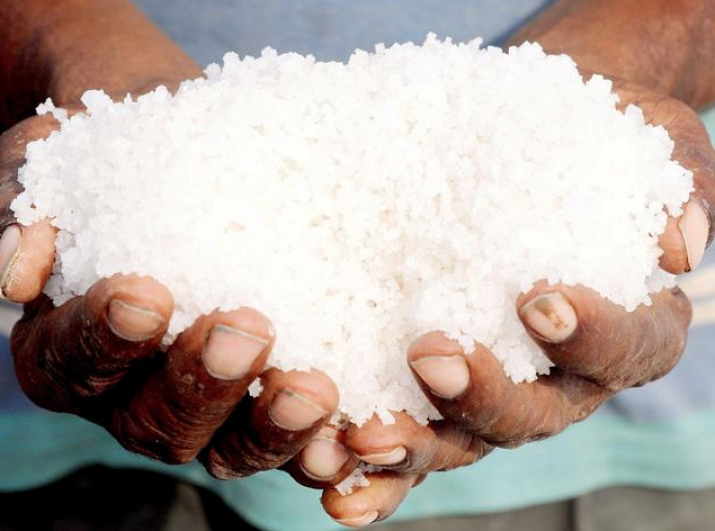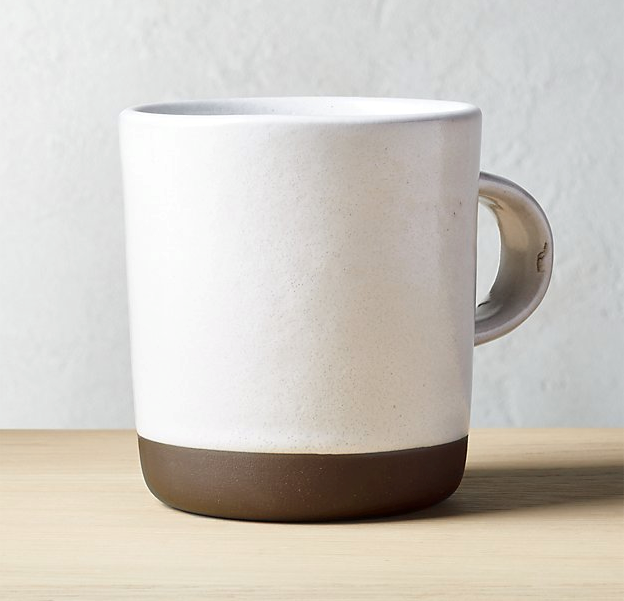FEATURES|COLUMNS|Art of Living
Dilution is the Solution: The Limitations of Conventional Mindfulness as a Response to Difficult Feelings
There was a time in my sitting meditation practice when it became almost unbearably difficult for me to make space for the feelings of sadness I was experiencing. A few months earlier, my mother and grandmother had died within hours of one another. Then my wife and I lost an unborn child.
I tried to simply bring mindfulness and compassion to all the wild and painful emotions I was experiencing. My main practice at the time was RAIN, a wonderful and widely-used meditation initially developed by the Vipassana teacher Michele McDonald that guides us through the following processes:
Recognize the feelings, sensations, images, and thoughts happening inside you;
Allow them to be just as they are by completely dropping any resistance to them;
Investigate them with warm, gentle, non-identified attention;
Nurture yourself with compassion.
Unfortunately, each time I opened up to the intense feelings inside me and tried to simply allow and investigate them with kindness, it seemed like an invisible force would just—wooosh!—push my awareness away, like one magnet repelling another. I tried to practice “Dog Zen”—“stay, staaaay, staaaaaaaaay”—but, like a mischievous dog, my awareness just wouldn’t stay put.
This went on for quite a while. Meditating began to feel increasingly onerous, effortful, and, at times, almost unhealthy. But day after day I continued to drag myself to the cushion and as I just sat there with my sadness, not-really-meditating, I began to notice that snatches of an old teaching tale I had read years earlier were continually replaying themselves in my mind.*
The great lake
Although the tale originally comes from the Lonaphala Sutta, over time it has been adapted and modified so that it is now often told in the following way. An old master, originally Gautama, notices that one of his students is continually grumbling and complaining. So he asks the student to bring him a cup of water and a bowl of salt.
When the apprentice returns, the teacher tells him to dump a handful of the salt into the water.
The apprentice does so.
Then the teacher swirls the water around in the cup until all the salt dissolves.
“Now taste it,” he says to the apprentice.
So the apprentice tastes it and his whole face shrivels up in disgust.
“How does it taste?” asks the teacher.
“Awful!” says the apprentice.
“Yes, very unpleasant,” the teacher chuckles. “Now follow me.”
He leads the student down to the edge of a nearby lake, and then tells him to tip a handful of salt into the lake.
The apprentice does so.
Then the teacher says, “Now taste the water from the lake.”
So the apprentice tastes it.
This time, he smiles.
And the teacher smiles back.
 From telesurenglish.net
From telesurenglish.netThe salt
The whole tale captured something vitally important about what I was going through, but it was the metaphor of the salt that initially resonated with me. It seemed like a fitting symbol not just for the bitterness I was tasting at the time, but more generally for all the disagreeable, annoying, or heart-breaking circumstances that can prompt all of us to “get salty” as the saying goes.
You know, like your kids when they won’t stop whining or fighting; or your partner when they won’t stop criticizing or controlling; or the prospect of a sixth extinction; or the actions of certain world leaders; or your job when you’re just grinding away at it; or not having enough money to buy your kid a pair of shoes; or that boy or girl who shaded or ghosted or curved you.
In other words, the salt is how we fill in blanks like these: “Oh, he always _________.” “God, she never _________.” “Man, they just won’t __________.” “I just can’t __________.” “It’s not __________.”
But the story makes this much clear: what makes us feel salty isn’t actually the salt, it’s the cup, the container.
Which is what exactly?

From sevencups.com
The cup
For me, the cup is a metaphor for all the unhelpful and unworkable ways we try, like a cup, to hold or contain our reactions to adversity, the salt. It’s the part of us that, like a cup, encloses or confines the salt within a space that’s simply too small and too limited to be effective.
In fact, on the contrary, when the cup tries to contain a significant amount of adversity—a whole handful—it winds up creating such a high concentration of salt that it causes us not only to constantly grumble and complain like the apprentice in the tale, but ultimately recoil in disgust.
We could call this cup the small self or the small mind. It’s the ordinary, separate, thinking self. The part of us that gets too up-close or up-tight against the salt, that’s too limited by its own small-mindedness or narrow-mindedness, that’s too blinkered by its own self-enclosed and self-involved nature to be able to access the more spacious and expansive sense of self that’s necessary to effectively hold a handful of salt and put it in perspective by situating it within a bigger picture or a bigger container, like a lake.
 From wikipedia.org
From wikipedia.orgThe taste of suffering
Which symbolizes what? And how do we get down to it?
Oy, there’s the rub.
The story suggests that before we can make our way down to the lake, we need to slow right down and just take a moment to enjoy a nice big swig of disgusting salty water.
Gross, right?
Most definitely. Especially because we’re not just talking about a pinch or a dash of salt here, but a whole gut-twisting, wretch-inducing handful in one small cup.
But what if the story’s right and the best way out really is further in? What if step one is stop stepping? In other words, what if before we can feel those shivers of freedom, we need to experience some shudders of revulsion?
How? In this story, it’s by really sensing the disgust, the visceral revulsion that a high concentration of salt produces in our physical organism when we try to hold it in such a small container. It’s by slowing the whole thing down—the whole shebang, the whole enchilada—and not just getting in touch with the negative impact of this ineffective and unworkable response, but getting in taste with it. So intimate, the mouth, its saliva; the tongue, its taste buds.
What would it require of us to really open up to the negative impact, the toll, the cost of our small-cup responses? What would it be like to allow all the little nuances and subtleties of sensation that we experience when we’re responding to the salt in our lives in our garden-variety, business-as-usual, counter-productive ways, the ones that make us, like the apprentice in the tale, continually complain and grumble?
Do the lips curl? The eyes sharpen? The neck tighten? The shoulders roll? The chest cave? The heart grow heavy? The belly clench? The legs lighten? What? Because according to this story, it’s only once we’ve generated some really clear and honest answers to these simple questions, ones that have emerged out of our personal, visceral experience of aversion, that we’re ready to walk down to the nearby lake.
So if you get really curious and granular about it, not just sensory but almost gustatory about it . . . what does suffering taste like?
 From newscientist.com
From newscientist.comOnce more to the lake
Okay, that sucked. Now we really need a dip in the lake. Which is what again?
It’s us when we give all the salt in our lives lots and lots of space. In other words, when we enlarge the container, widen our view, expand our awareness, broaden our perspective, look at the bigger picture, and dilate into a more spacious sense of self.
You might notice that, in the story—and perhaps, by extension, life in general—this doesn’t eliminate or even reduce the actual quantity of salt. The apprentice puts the same amount of salt—a handful—into the lake that he put into the cup. But that doesn’t matter because nothing needs to be eliminated or reduced: dilution is the solution. If it’s not the salt that causes us to complain but our relationship to it, then it’s not our circumstances that need to be tweaked but the way we respond to them.
Yeah yeah, but what does that mean, practically-speaking? How do we get down to the goddamn lake? How do we enlarge or expand in this way?
All forms of mindfulness involve the process of simply noticing the salt and then opening from cup-consciousness into lake-consciousness by disidentifying from the salt and then observing it with openness, curiosity and compassion from a more spacious, lake-like sense of self. Which is exactly what practices like RAIN guide us to do.
The same basic processes can also be found at the heart of all the “willingness” techniques in psychotherapeutic modalities like ACT (acceptance and commitment therapy). They’re also there in all the “cognitive distancing” strategies at the heart of CBT (cognitive-behavioral therapy). And they’re also at the core of the “pendulation” processes in body-based approaches like somatic experiencing, where one is guided to identify a “resource” (i.e. a memory or experience that brings enough stability to return the autonomic nervous system to a regulated state) and then coached to repeatedly swim, as it were, from one’s resources into the salty spots of the lake and then back out of them to the cleansing and refreshing resources.
The only problem is that although all of these approaches are incredibly helpful and beneficial, ultimately, on their own, they don’t always seem to provide full lake access. Often, instead, it feels like what they offer is a slightly larger cup. Which is why I want to explore in my next two articles two strikingly similar meditations—one from ancient Greek philosophy and another from the Mahamudra tradition of Vajrayana Buddhism—that are specifically designed to provide full, free lake access.
* I first encountered this tale in Mark Nepo’s The Book of Awakening (Conari Press 2000) and Russ Harris’ The Confidence Gap (Trumpeter 2011).
See more
Lonaphala Sutta: The Salt Crystal AN 3.99 (Access to Insight)
Related features from Buddhistdoor Global
You’re Not Not: Delighting in the Joy of Being by Opening to Existential Gratitude
Practicing Gratitude When the Sh*t Hits the Fan: Plutarch and the Practice of Blending
Gladden the Mind: Four Ways to Practice with Negative Thinking
The Light in the Darkness: Opening our Hearts to Hope
Exclusive Interview: Yongey Mingyur Rinpoche on Living Life with Balance and Awareness














